Watch How Uplifting Emotions Lead to Powerful Results
Imagine walking into a staff meeting where teachers are energetically sharing successful strategies from their
Read More
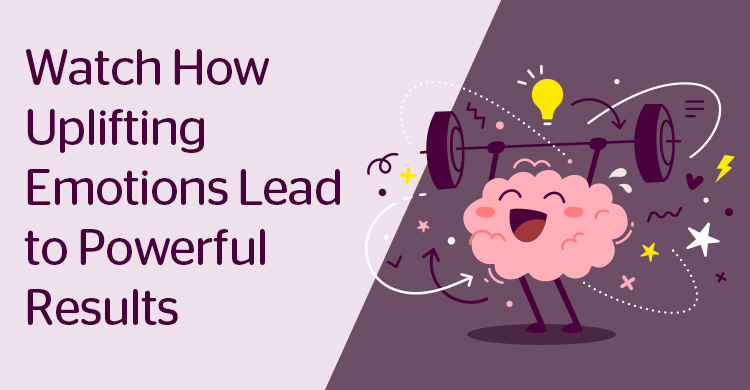
Imagine walking into a staff meeting where teachers are energetically sharing successful strategies from their
Read More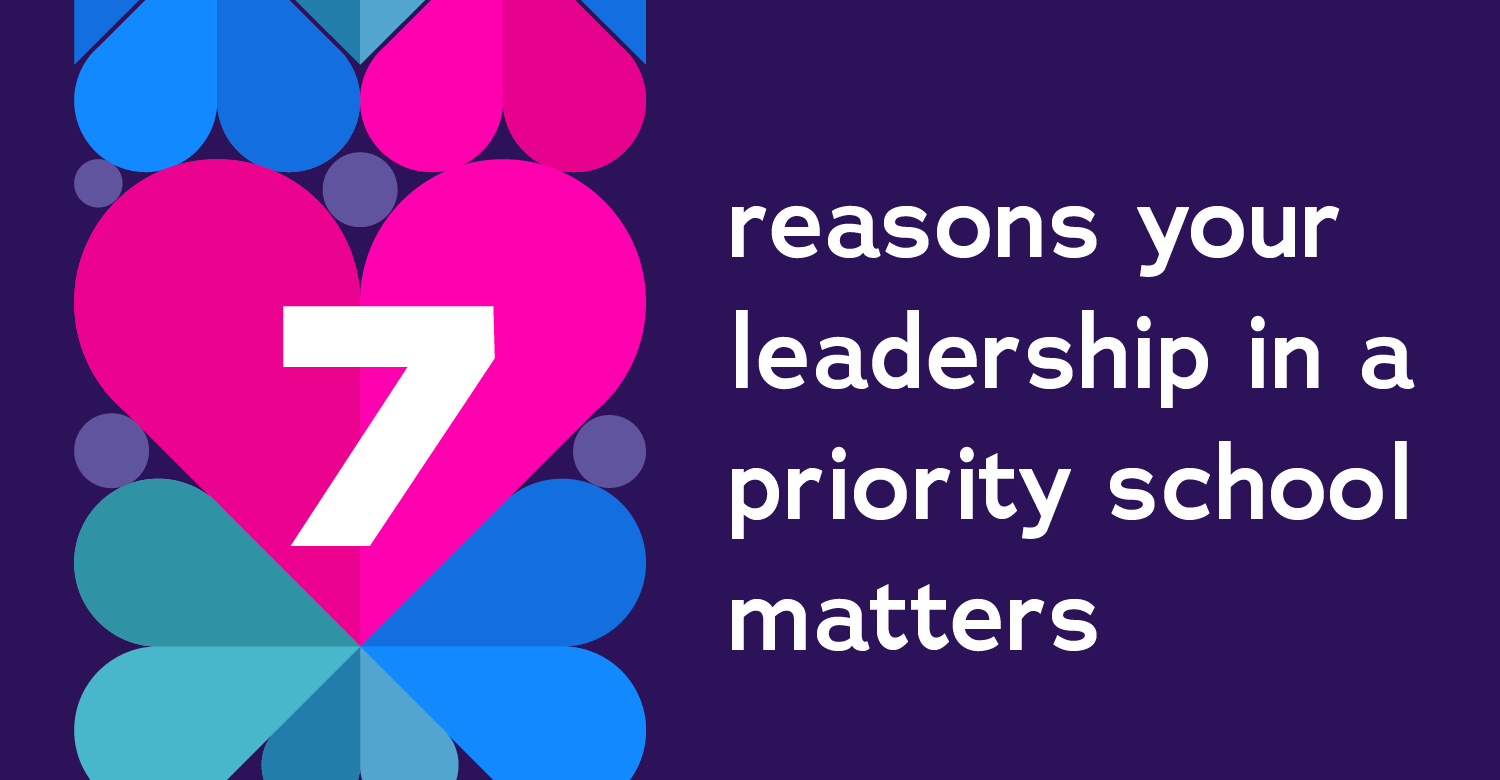
Let’s be real—leading a school labeled “priority” isn’t for the faint of heart. You walk
Read More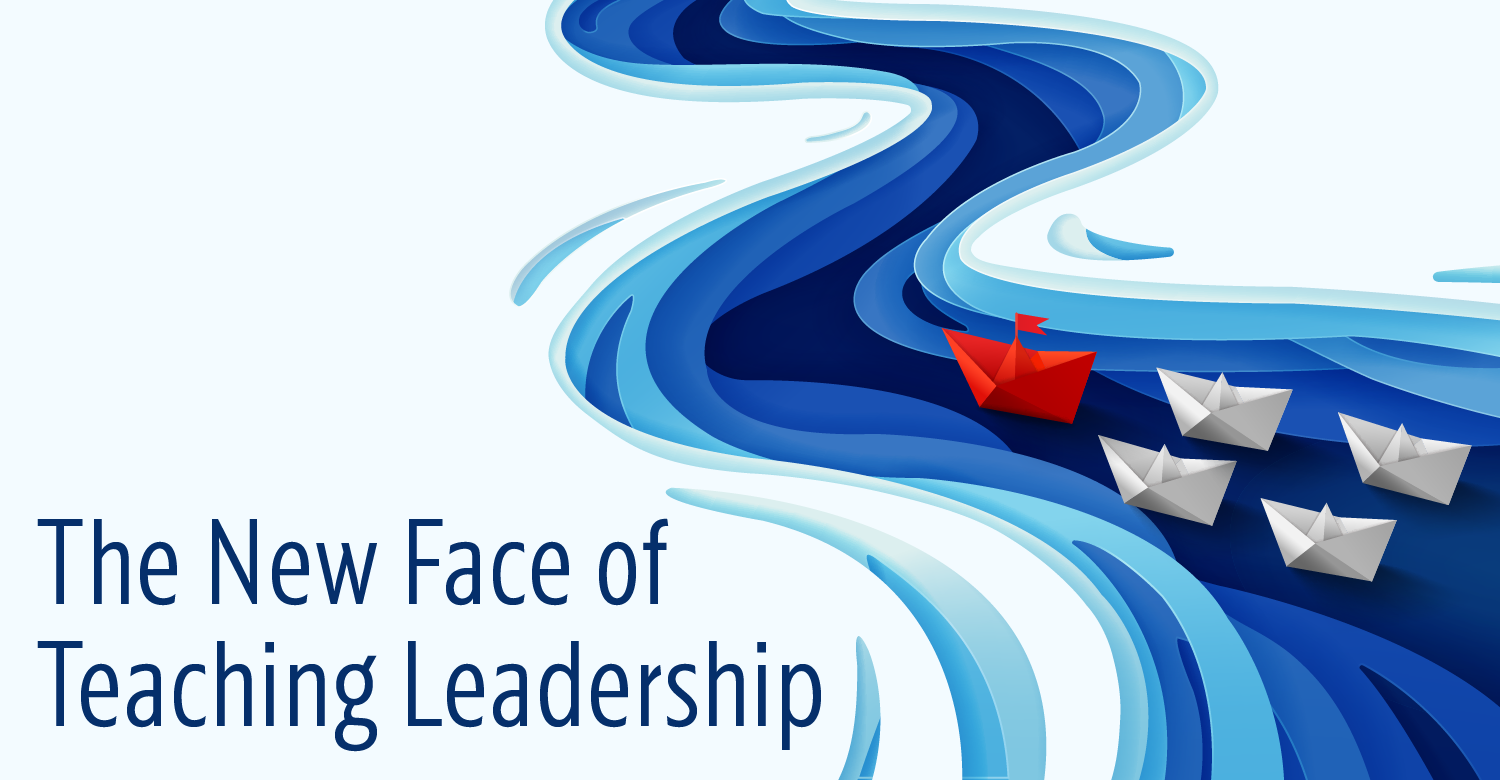
From Control to Collaboration Teacher leaders are more needed than ever. There is a national
Read More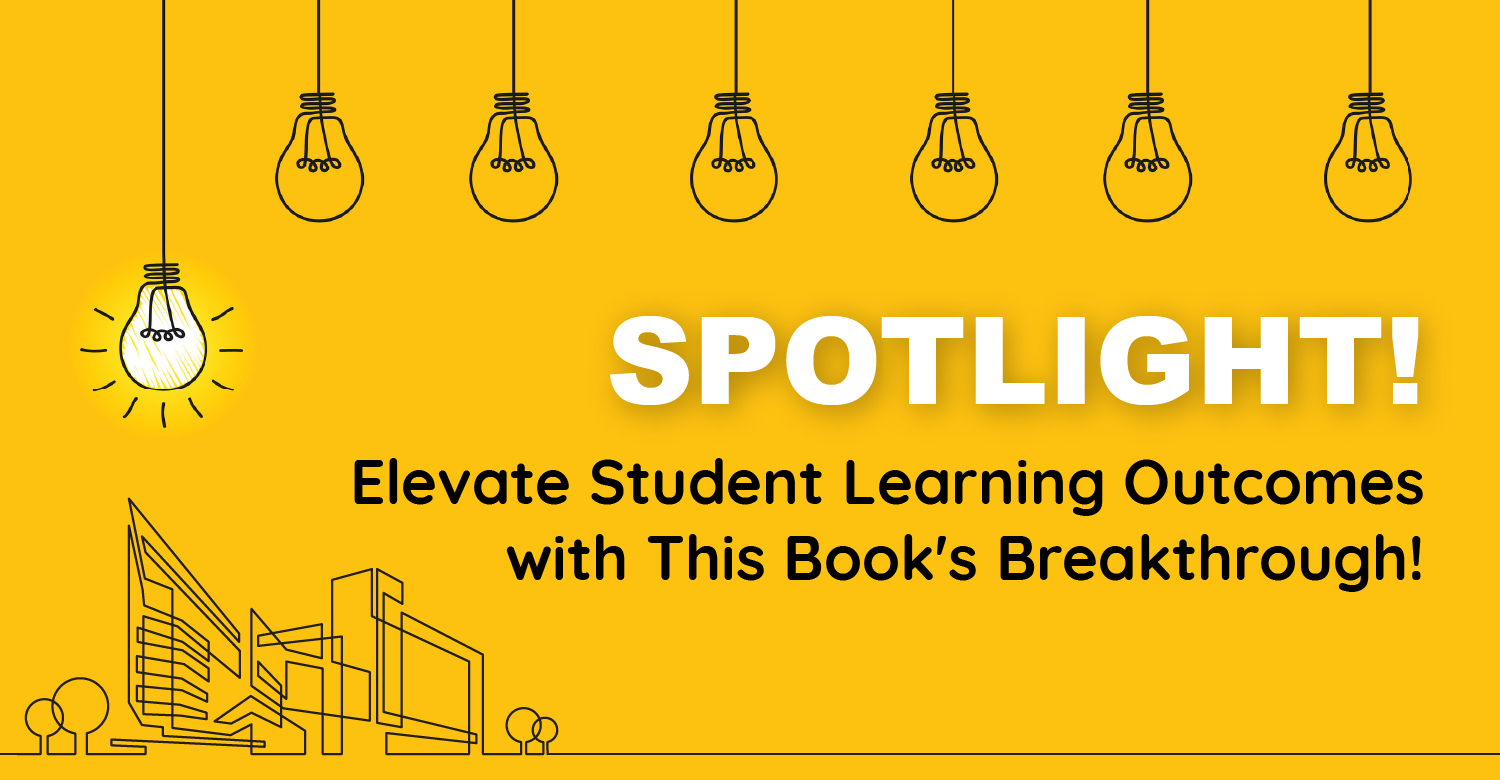
In my book, Brilliance in the Building: Effecting Change in Urban Schools with the PLC
Read More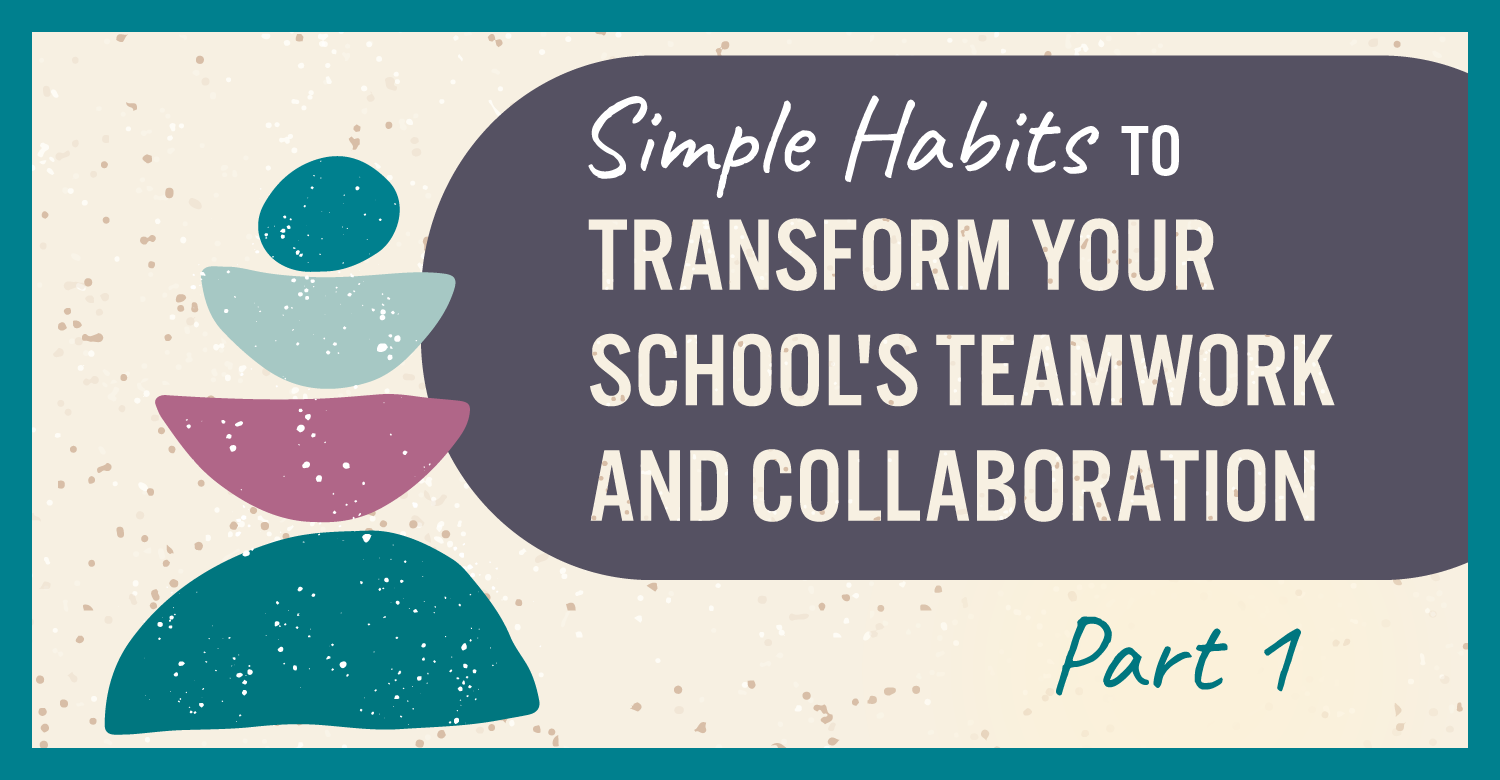
The best approaches and actions for teamwork and collaboration While there is no single answer
Read More